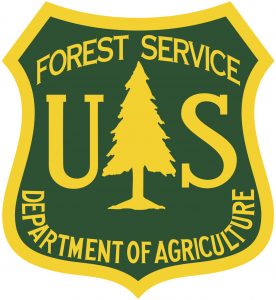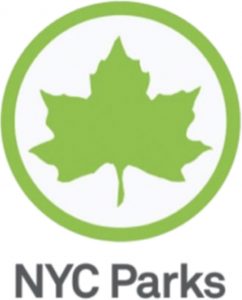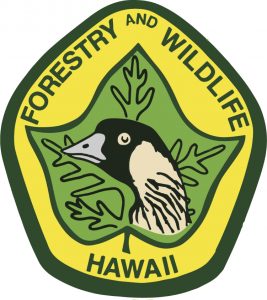NaturePLACE Collaborative Arts Program
Formerly known as the Urban Field Station Collaborative Arts Program. We have changed our program name to better reflect the relationships and collaborations this program inspires, spanning urban to rural communities. PLACE refers to People, Landscapes, Arts, Creativity, Ecologies.
Brought to you by USDA Forest Service, The Nature of Cities, and Partners.
* * *
We are sorry to say that the NaturePLACE call for the 2025 cohort is canceled.
WHAT WE DO
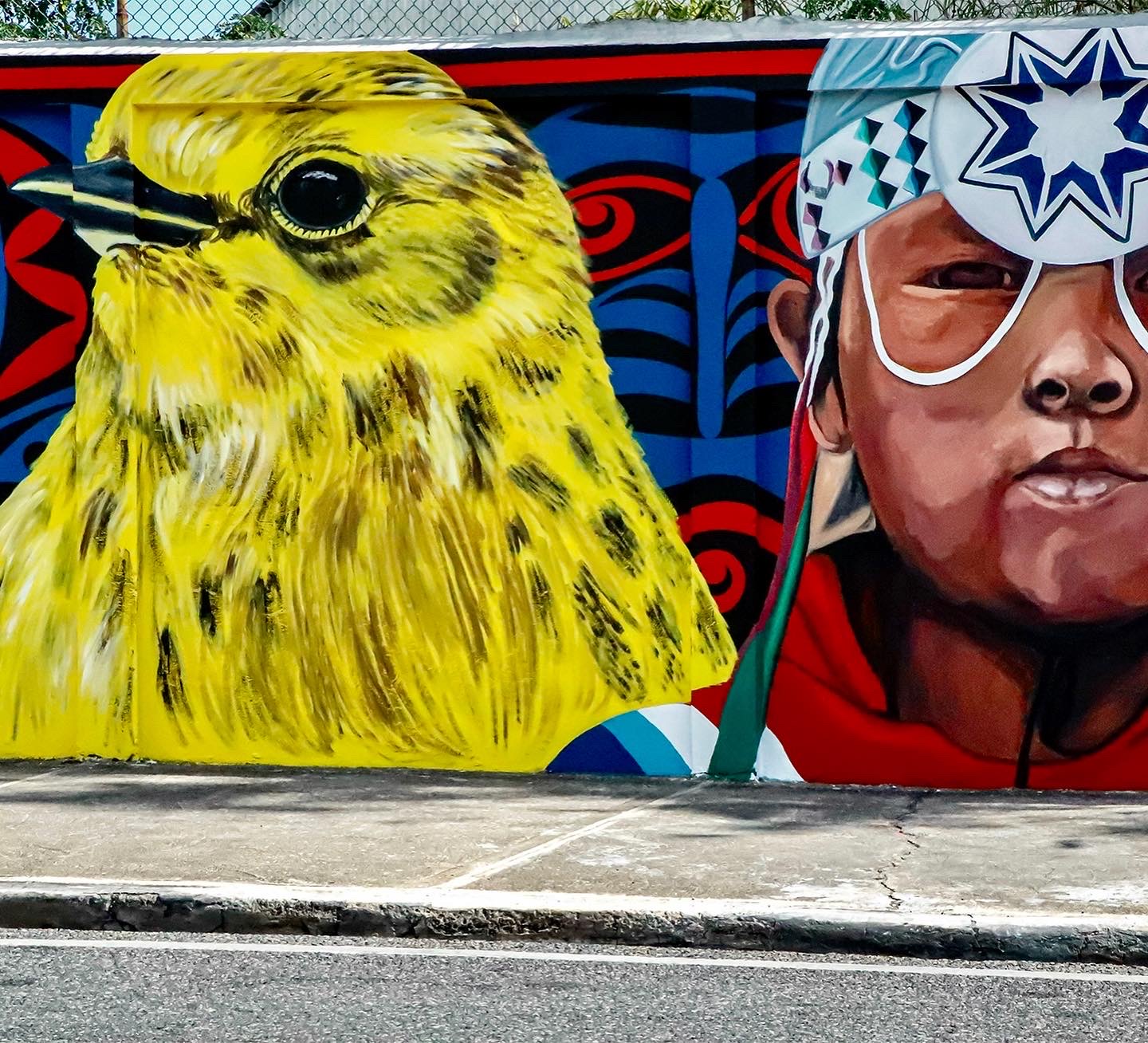
Build understanding and engagement in social-ecological systems through arts.
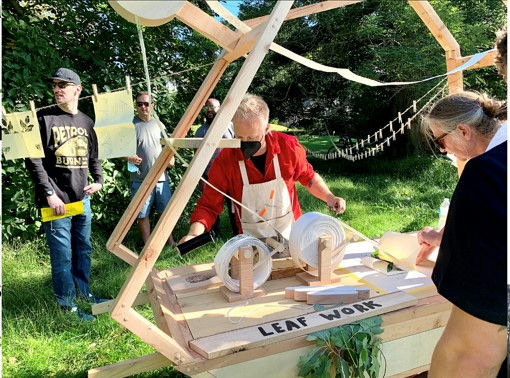
Facilitate transdisciplinary collaboration between artists, scientists, and land managers.
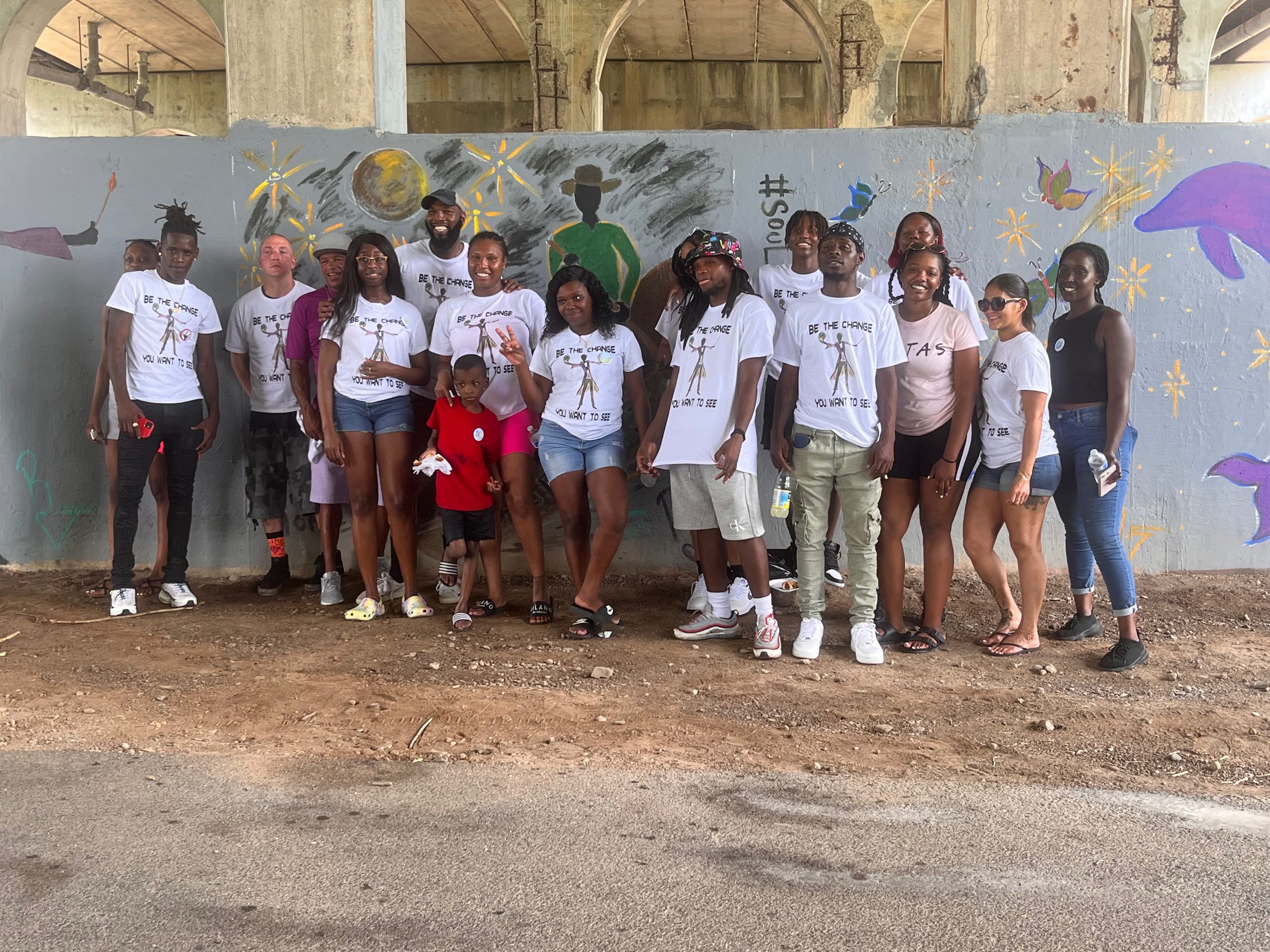
Curate events and public programs that explore ideas emerging from these collaborations.
2024 Cohort
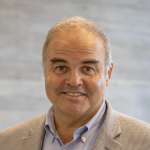
Xavier Cortada
Hubbard Brook Experimental Forest
PROJECT
Work with scientists in creatively engaging the community around the importance of forests (economy, ecosystem services, climate, mental health). Immersed in local forests, they’ll capture their unique observations through an interaction between a piece of paper and elements of the forest itself.
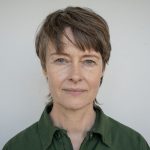
Carolyn Lambert
Hubbard Brook Experimental Forest
PROJECT
A film about the challenges of devoting one’s life’s work to the study of climate change. The film will feature audio recordings of conversations between the filmmaker and Hubbard Brook researchers about the personal and emotional impacts of their work, combined with footage of field work and data collection methods.
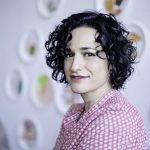
Laura Nova
NYC Urban Field Station
PROJECT
What are the criteria of “care” for both humans and trees to become centenarians? How might interspecies communication combat social isolation, particularly in aging populations? By offering NYC elders “Tree Pals,” I plan to document the audio-visual story of these caring interactions to amplify the power of relationships.
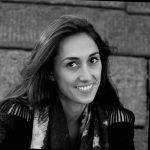
Roxane Revon
NYC Urban Field Station
PROJECT
The “Routes” project aims to conduct research into the development of root systems and their socio-economic significance within the urban landscape of New York City to create new subterranean maps that show their intricacy with other urban systems, through drawings and multimedia installations.
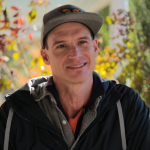
James Everest
Minneapolis
PROJECT
Through community partnerships and collaborative research I will develop a series of site-specific sound + performance installations for outdoor natural site/s along the Mississippi River Gorge that will have both in-person and virtual components for the wider community to participate in and learn to hear the song of the river.
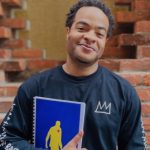
William Langford
Detroit
PROJECT
An interdisciplinary project where I write a series of spoken word poems dedicated to sites of natural beauty in Detroit. I will share these poems in these locations via QR codes and other media forms, such as visual displays.
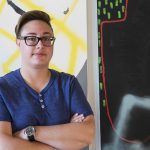
Kate Schaffer
Milwaukee
PROJECT
Mino-akking: A Contribution to Natural History gathers and shares the stories of Milwaukee, those of past and present human and nonhuman residents. These stories will be collected through research, observation, and interviews and then shared with the public in some way (podcast, blog, zines, etc.).
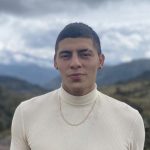
Cesar Almeida
Chicago
PROJECT
“Wild Spirit” is a project merging hip-hop morality and environmental justice, that illustrates a compelling story that speaks to the experiences of inner-city individuals of color who yearn to establish a meaningful connection with the natural world through a cohesive collection of poetry, sound recordings, and beats.
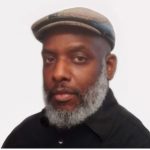
Dirk Joseph
Baltimore
PROJECT
A puppet show that inspires interest and appreciation for urban forests. Scientific information about ecosystems information will be presented through humorous interactions of characters. The show will debut in Baltimore’s Stillmeadow Peace Park and forest before going on to be performed in other locations.
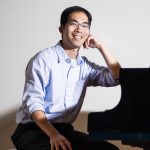
Takuma Itoh
Honolulu
PROJECT
“Symphony of the Hawai’i Forests” is a collaboration including the DLNR Division of Forestry and Wildlife (DOFAW), the University of Hawai’i at Mānoa, Hālau ʻŌhiʻa, and others to strengthen our pilina (relationships) with each other, our forests, and the arts.

Hector Resto
San Juan, PR
PROJECT
Murals of nature.
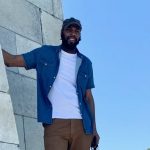
Mark Johnson
Springfield, MA
PROJECT
Community events on belonging and place.
“We try to change the narrative, so instead of just taking, you have to give something first. And not monetarily, but time. So that was the ‘mālama ‘āina’ (caring for the land) day. It set a different tone in them.”
Nalu Andrade, Hawaii
Resident artist 2022-23
Exhibitions and Events
Collaboration between artists, scientists, and natural resource managers is the core of our program and these collaborations can sprout exciting exhibitions and events that creatively engage viewers and participants with the world around them. Check out some of these featured exhibits and events hosted by past NaturePLACE artists below!
Virtual Exhibitions at The Nature of Cities
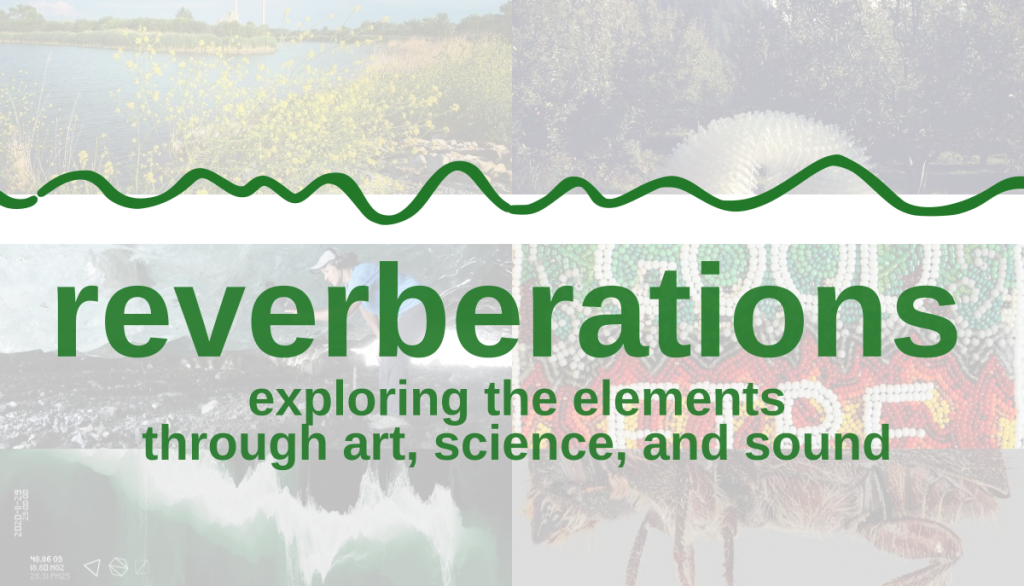
An exhibition exploring the elements through art, science, and sound, Reverberations features more than 30 contributors from various disciplines in a multimedia experience.
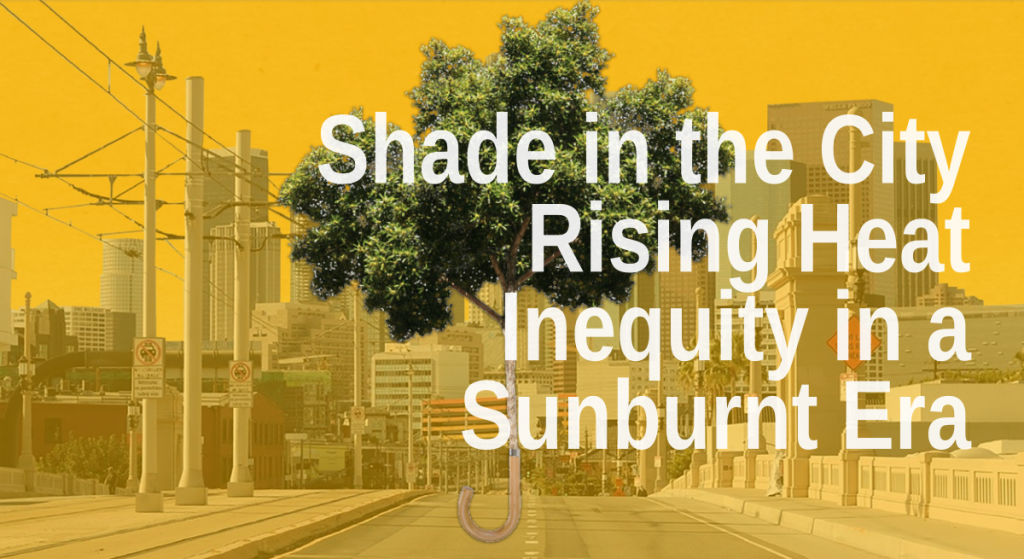
A group of 18 artists and activists in Los Angeles’ vibrant Highland Park neighborhood raise awareness of shade as an equity issue in an outdoor public art installation.
Stewardship Salons
Stewardship Salons are collaborative learning spaces that foster a network for voices in natural resources care and stewardship including artists, natural resource managers, and scientists. Stewardship Salons are typically 2-hour, outdoor events that engage participants in experimentation and creative methods not normally a part of their daily work, while exposing them to new knowledge and perspectives. Many of our artists have led Salons, furthering the extent of their collaborative experience in this residency.
Interested in learning more about Stewardship Salons and how they could be implemented in your organization to help integrate new perspectives, and build relationships and individuals capacity in their work? Explore our Stewardship Salon Guide.
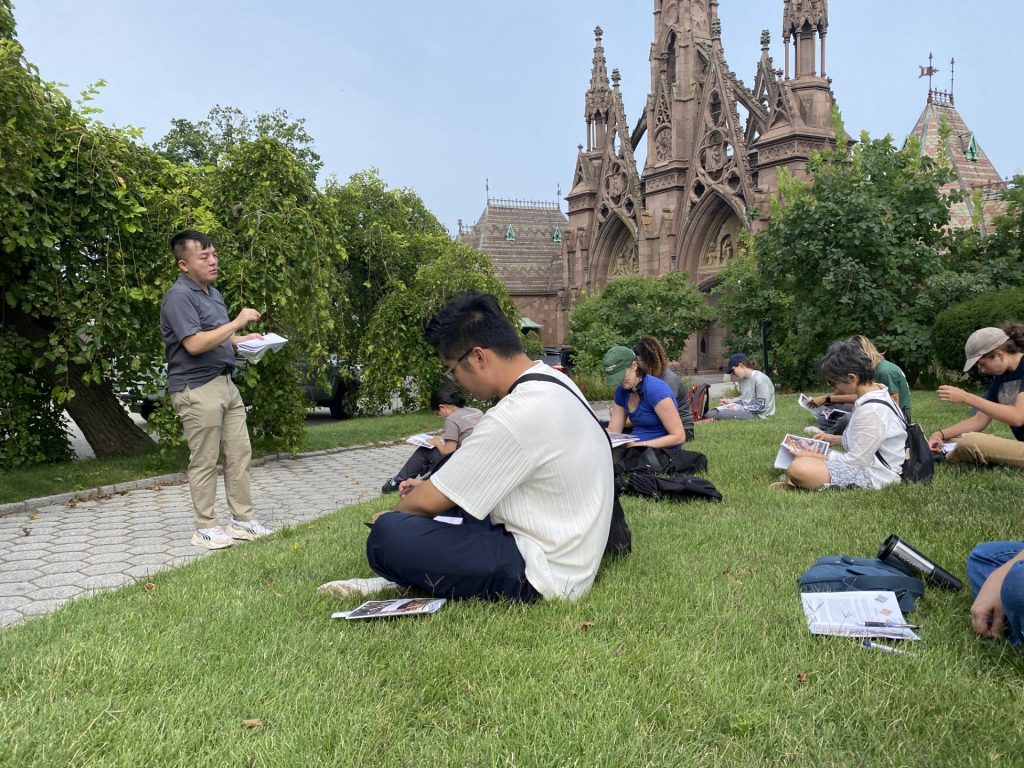
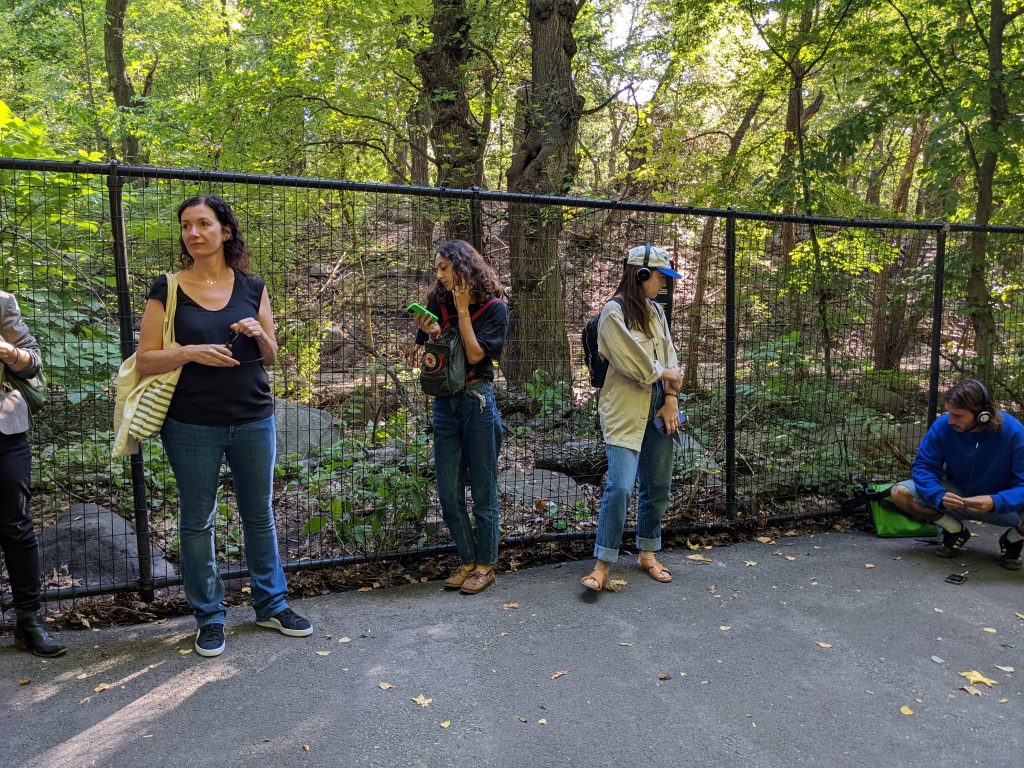
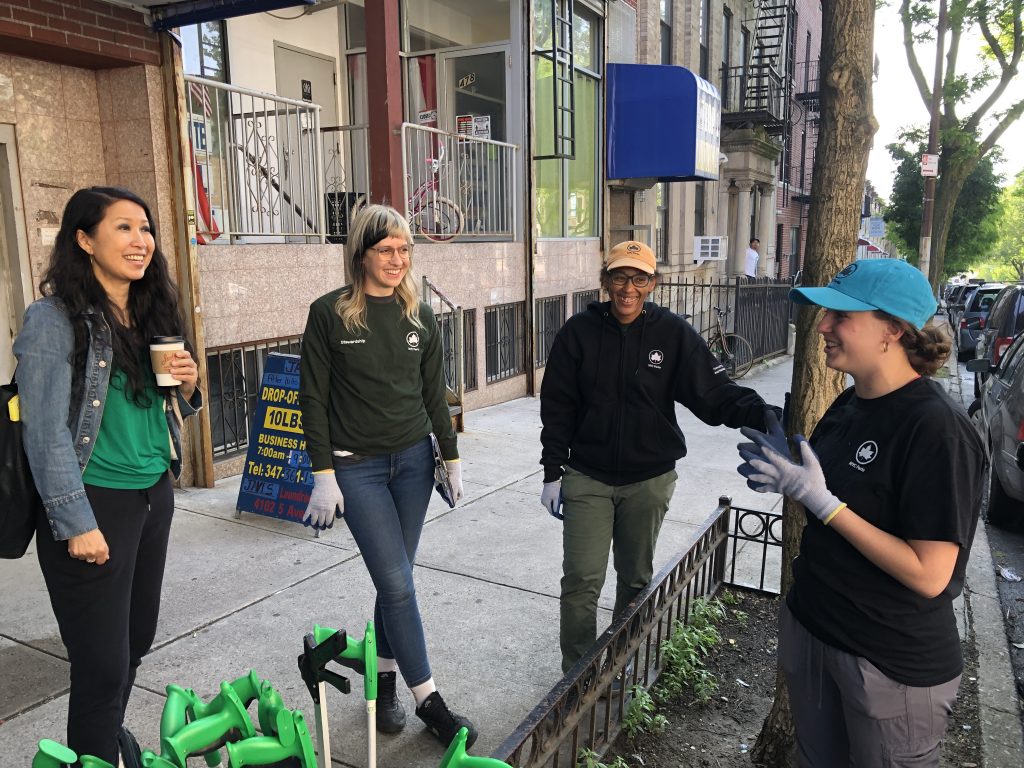
Featured Project
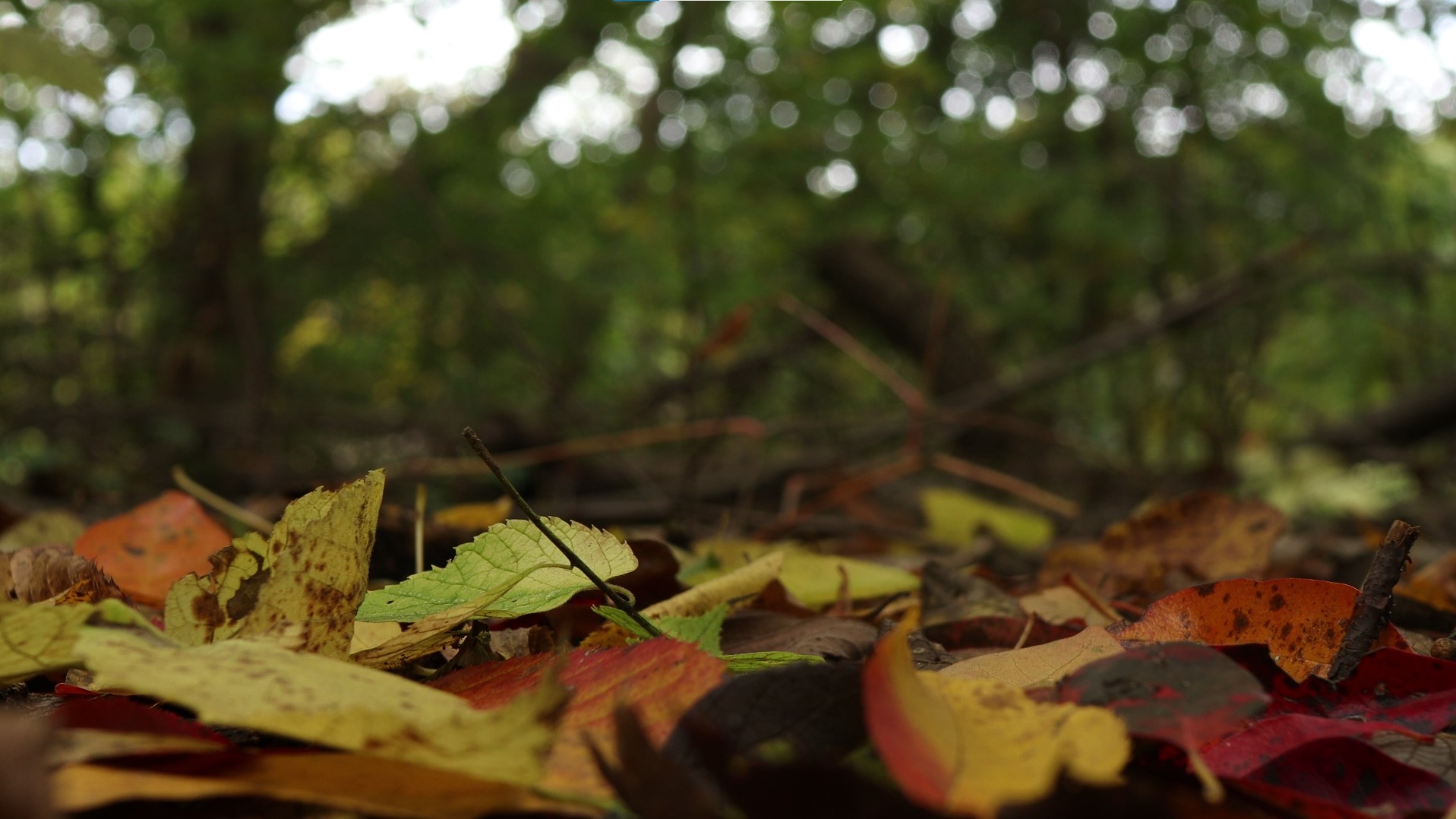
The Underground Sound Project by Nikki Lindt
The Underground Sound Project is a collection of underground sound recordings made by artist Nikki Lindt over the course of the past year. They were made in Prospect Park, other parks in the five boroughs of NYC and in rural Cherry Valley, NY. The recordings are made by placing microphones underground, underwater and even inside trees. This soundwalk is open to the public and virtually.
Press for The Underground Sound Project:
Art Spiel: Featured Artist | BKReader: New Prospect Park Exhibit Takes Visitors on a Journey Into What Life Sounds Like … Underground | untapped new york: 16 New Public Art Installations in NYC July 2022 | Here & Now – ‘The Underground Sound Project’ puts an ear to the ground — and underneath | Forbes – A Day Out In Brooklyn: Art + Nature
“We try to change the narrative, so instead of just taking, you have to give something first. And not monetarily, but time. So that was the ‘mālama ‘āina’ (caring for the land) day. It set a different tone in them.”
Nalu Andrade, Hawaii
Resident artist 2022-23
Program Mission
NaturePLACE Collaborative Arts Program is a virtual, community-centered artist residency brought to you by the USDA Forest Service, The Nature of Cities, and local partners. Selected artists engage with natural resource managers and researchers to better understand, represent, and communicate about social-ecological systems through works of art and imagination. The program’s mission began with the intent to promote understanding and engagement with urban ecology through art, and since has extended to include rural and urbanizing areas as well.
Specifically, NaturePLACE seeks to build creative explorations of new knowledge by: (1) Facilitating creative and transdisciplinary collaboration between artists, scientists, and land managers in the creation of new artworks; and (2) Curating events and public engagements that explore ideas that emerge from creative works and collaborations resulting from the program. There are no limits to the types of artistic approaches.
Prior Cohorts
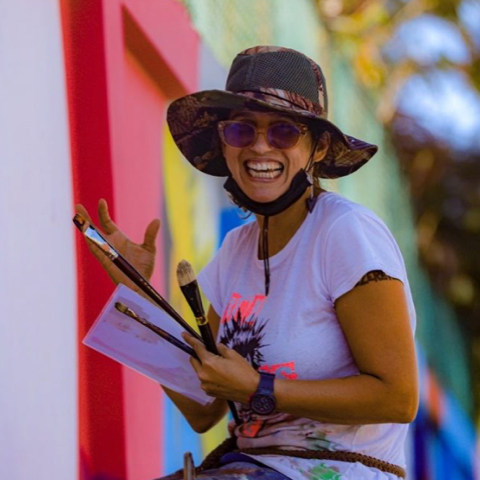
Kilia Llano, Santo Domingo, DR (2020-23)
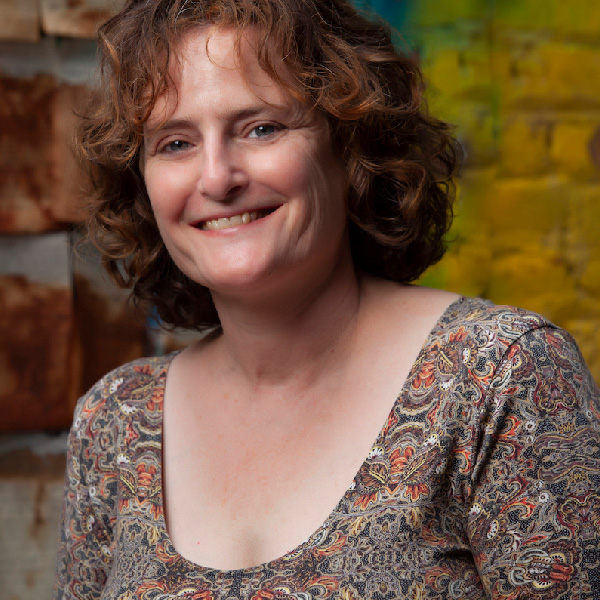
Michele Brody, New York (2022-23)
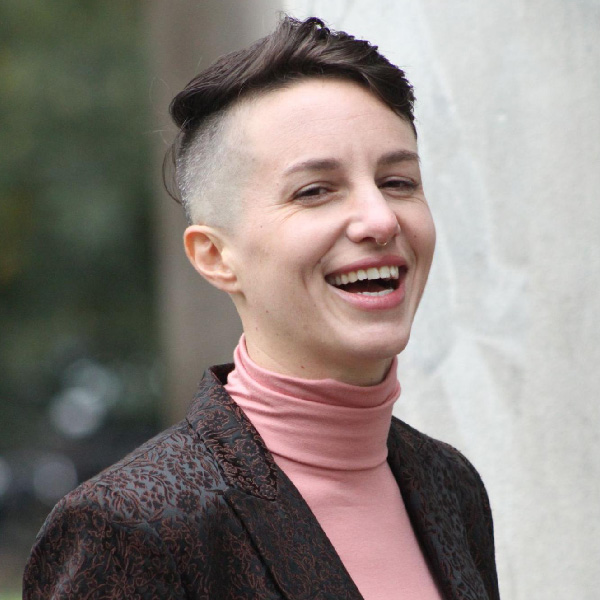
Ania Upstill, New York (2022-23)
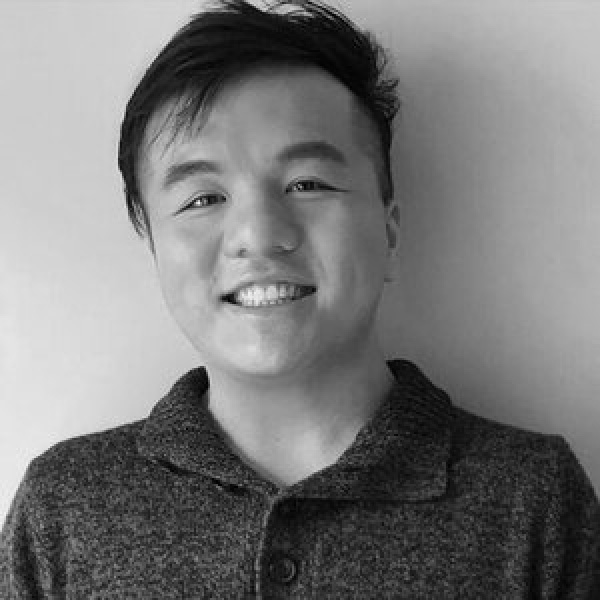
Tommy Cheemou Yang, New York (2022-23)
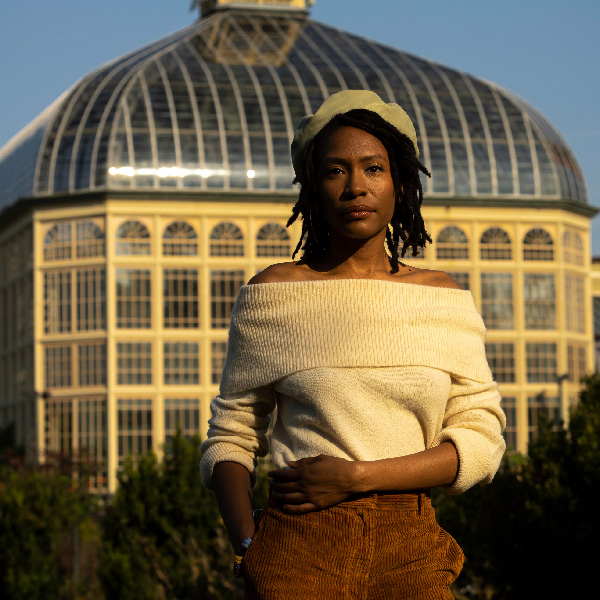
Krystal Mack, Baltimore, MD (2022-23)
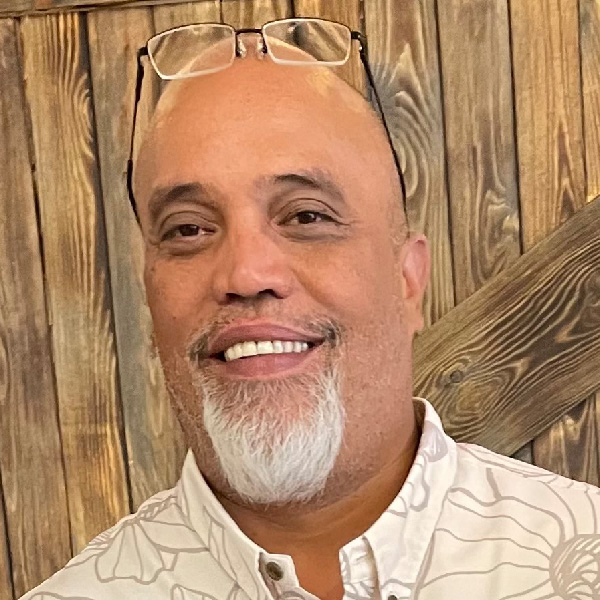
Nalu Andrade, Honolulu, HI (2022-23)
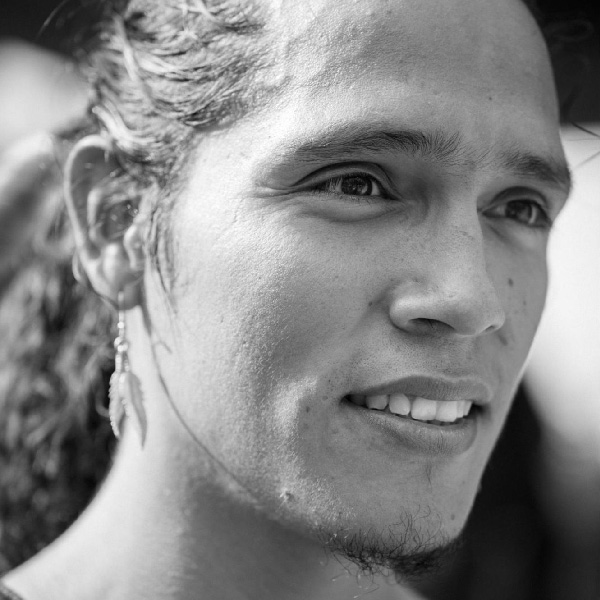
Franklin Cruz, Denver, CO (2022-23)
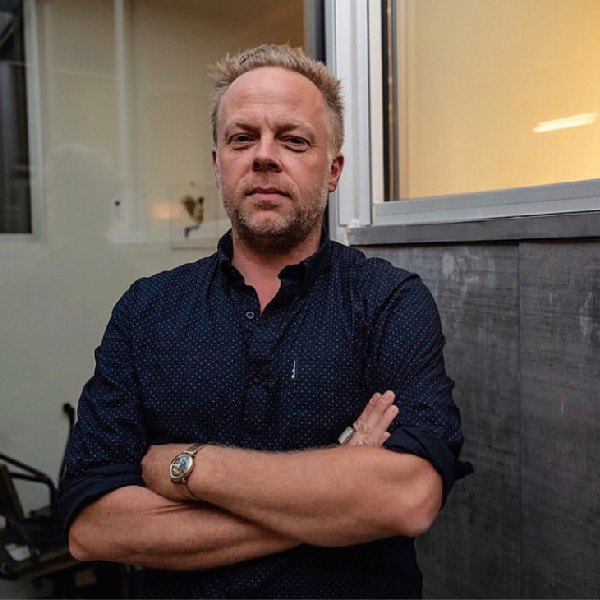
Aaron Terry, Philadelphia, PA (2022-23)
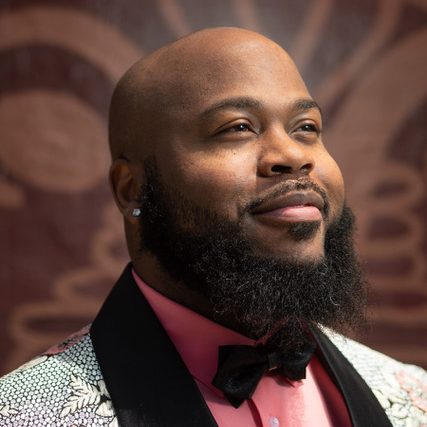
Amir Campbell, Philadelphia, PA (2022-23)
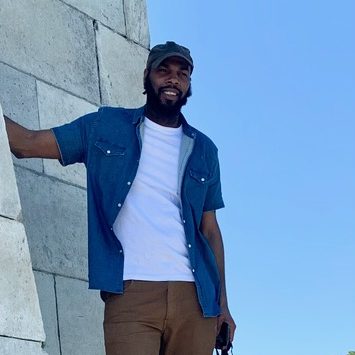
Richard Johnson, Springfield, MA (2022-23)

Hector Resto, Guaynabo, Puerto Rico (2022-23)

Samih Abu Zakieh, Hebron, Palestine (2022-23)
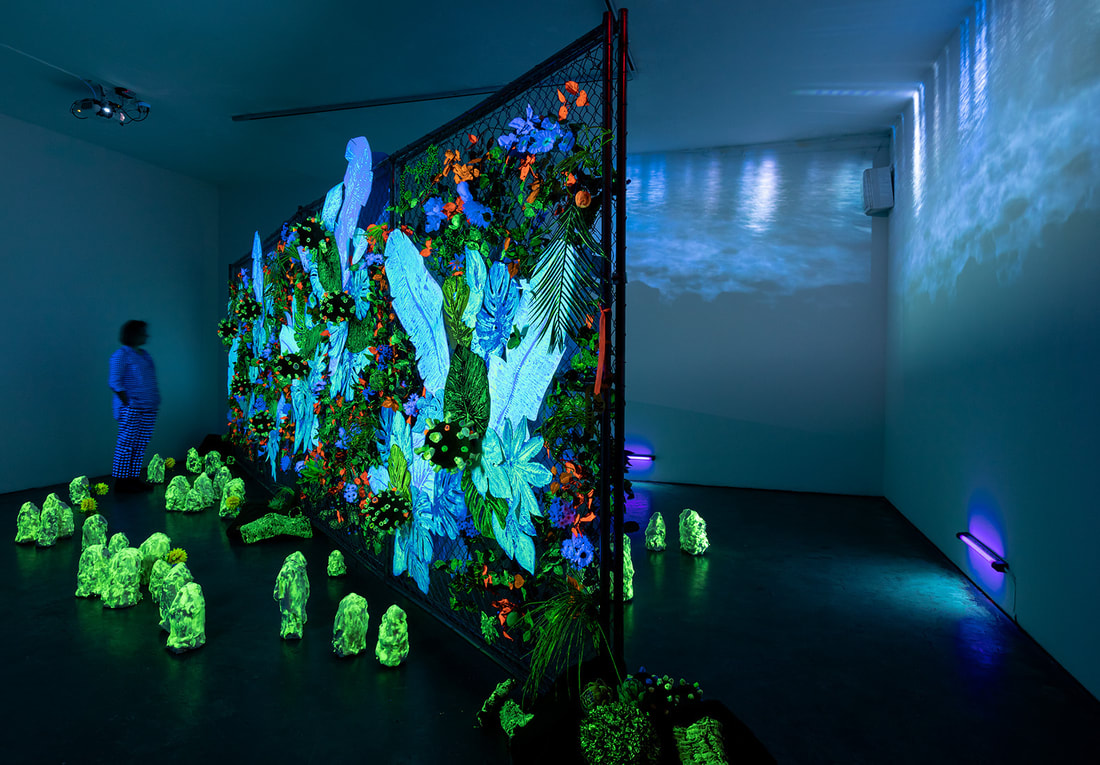
Cecile Chong
(New York, 2020-21)
BIOGRAPHY
Ecuadorian born, New York based multimedia artist working in painting, sculpture and installation, layering materials, identities and histories. Her work addresses ideas of culture interaction and interpretation, as well as the commonalities humans share both in our relationship to nature and to each other. She received an MFA from Parsons, MA from Hunter College and BA from Queens College.
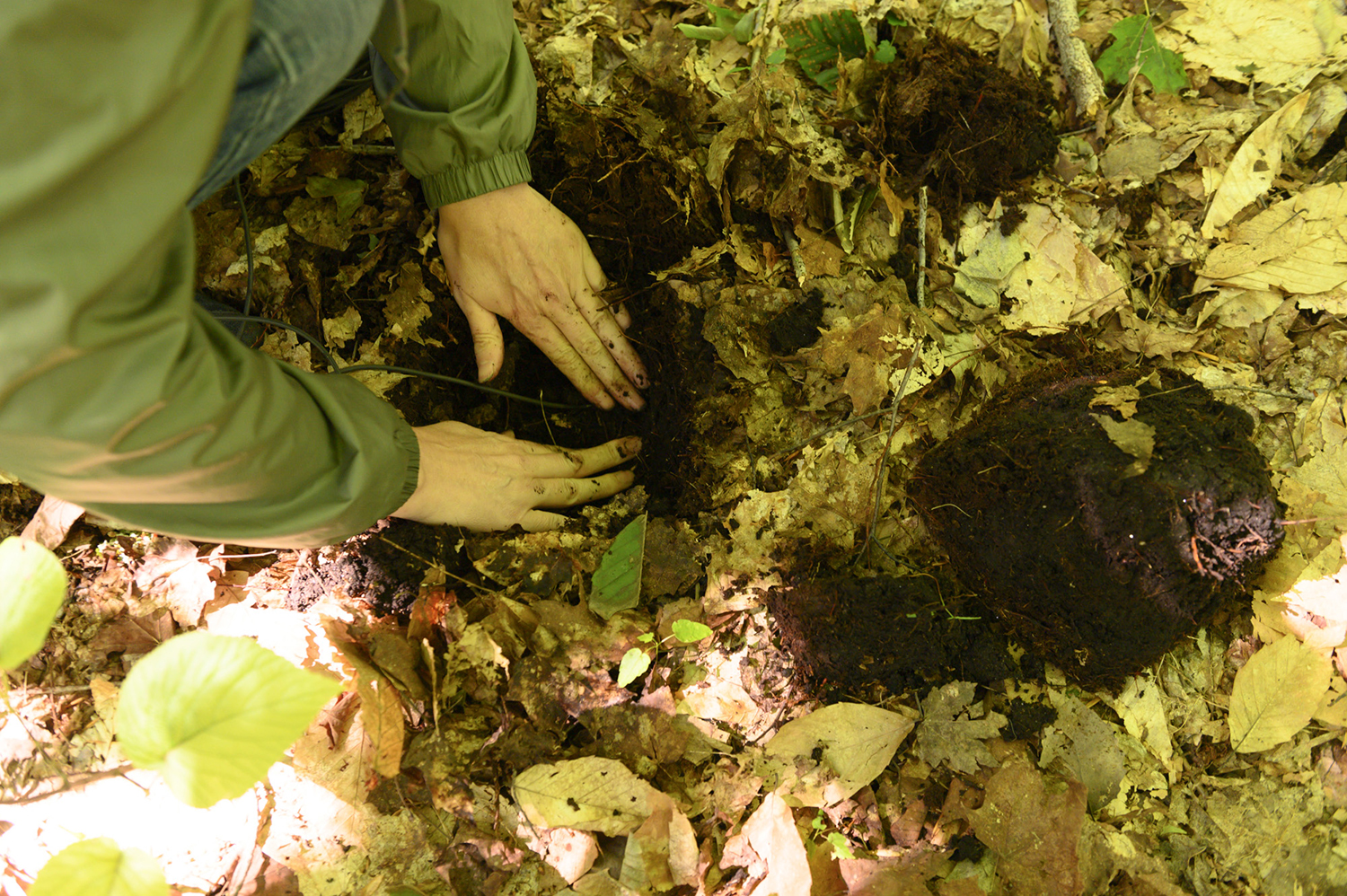
Nikki Lindt
(New York, 2020-21)
BIOGRAPHY
Nikki Lindt, born in the Netherlands, is a NYC based artist working primarily in the mediums of painting, video and (underground) sound. She often works in collaborations, among others with scientists, philosophers and sociologists to examine climate change at the intersection of art, science and culture. MFA from Yale and her BFA from Gerrit Rietveld Academie in Amsterdam.

Kilia Llano
(Santo Domingo, DR, 2020-21)
BIOGRAPHY
Kilia Llano is a multimedia artist born in Santo Domingo, Dominican Republic and currently working in Painting, Urban Art (murals), drawing, installations and digital art. My work is based in identity, how we as a culture address nature and how our surrounding is related to who we are. I studied Fine Arts and Illustration at Altos De Chavón School Of Design (1992) and also got a bachelor degree in Fine Arts and Illustration at Parsons School Of Design (1994), NY among others minor studies at Universitat De Barcelona (Art History) and Unibe University (Art Education) at Santo Domingo. I’ve been painting in the street for almost 10 years in the Dominican Republic but also United States, Colombia, Spain and Italy.
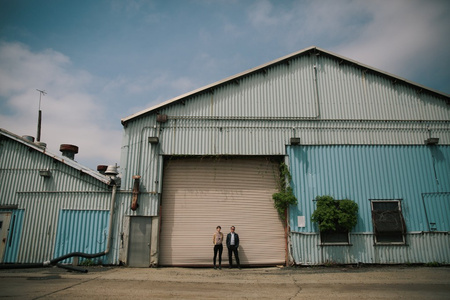
Dylan Gauthier
(New York, 2018)
BIOGRAPHY
Working in a range of media including sound, performance, video, sculpture, architecture, and photography, Dylan Gauthier’s research-based and collaborative projects explore the intersections between ecology, architecture, landscape, and environmental justice. Gauthier’s individual and collective projects have been exhibited at the Centre Pompidou, Musée national d’art moderne, the Parrish Art Museum, CCVA at Harvard University, the 2016 Biennial de Paris (Beirut), (New York:) the Center for Architecture, The International Studio and Curatorial Program, the Chimney, the Neuberger Museum at SUNY Purchase, Columbus College of Art and Design, the Walker Art Center, EFA Project Space, and other venues in the US and abroad. His writings about art and public space have been published by Contemporary Art Stavanger, Parrish Art Museum, Urban Omnibus, Art in Odd Places, and Routledge/Public Art Dialogue, among others. In 2015 he was the NEA-supported Ecological Artist-in-Residence at the International Studio and Curatorial Program (ISCP); in 2016 he was a Socrates Sculpture Park Emerging Artist Fellow (NY), and in 2017/18 he was the inaugural Artist-in-Residence at the Brandywine River Conservancy and Museum of Art. In 2018 he is a resident at Shandaken Projects at Storm King and was a visiting artist at NYU Abu Dhabi. He co-curated (with Kendra Sullivan) the exhibition Resistance After Nature at Haverford College in 2017 and Beyond Species/Beyond Spaces at Cape Cod Modern House Trust in 2018. Gauthier received his MFA in Integrated Media Arts from Hunter College, CUNY, and has taught courses on emerging media in the Department of Film and Media Studies, and on environmental design at Parsons/The New School. Gauthier is a founder of the collective Mare Liberum, and of the Sunview Luncheonette, a co-op for art, politics, and communalism in Greenpoint, Brooklyn. He is co-organizer, with Mariel Villeré, of Freshkills Field R/D, an artist-research residency based at NYC’s largest former landfill. He was recently named artist-in-residence at the New York City Urban Field Station and was an Eyebeam Rapid Response fellow in 2020. He is the Director of the Elizabeth Foundation for the Arts Project Space, a 501c3 non-profit gallery devoted to experimental practices in the visual arts in Midtown, NYC.
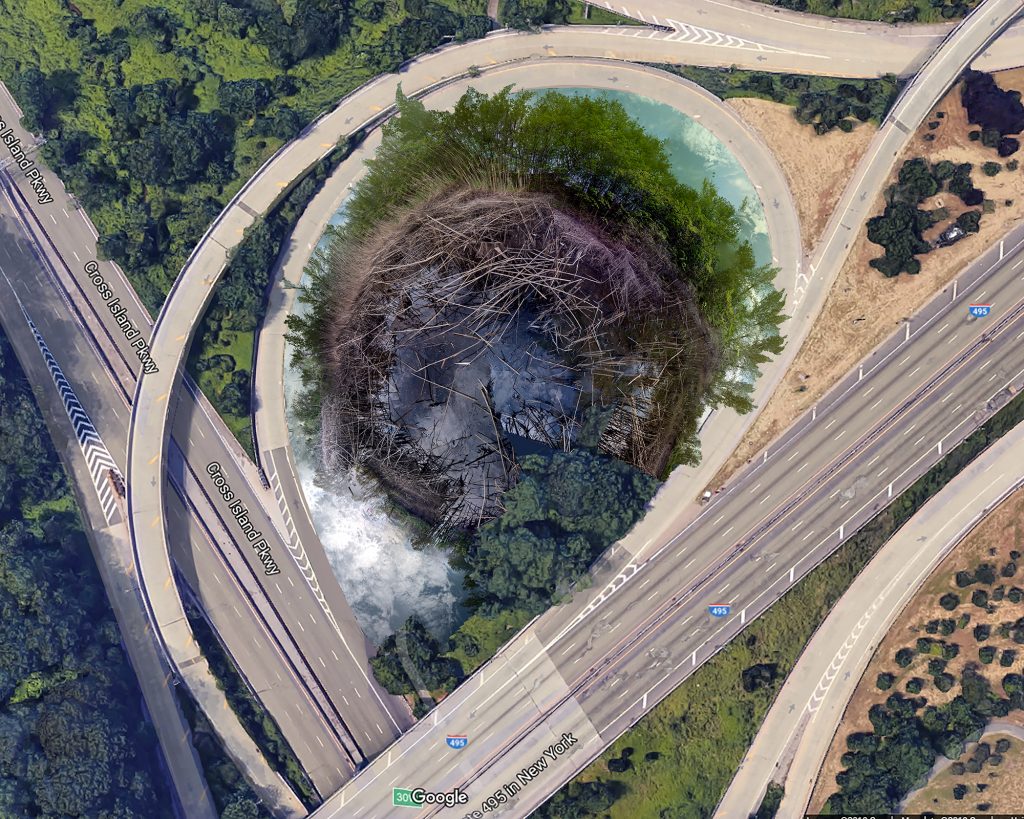
Julia Oldham
(New York, 2018)
BIOGRAPHY
Julia Oldham is an artist and storyteller who was raised by a physicist, a rock hound and a pack of dogs in rural Maryland. Born the same year as the Three Mile Island nuclear accident, Oldham has been consumed by scientific curiosity her entire life, and has sought through her work to understand the unknowable and transcend humanness. She blends digital media and drawing to tell stories that she finds both troubling and beautiful, ranging from the historical tale of Laika the Soviet Space Dog’s journey into orbit to science fiction visions of a post-apocalyptic future world populated by high-tech chihuahuas. She received her MFA from the University of Chicago and currently lives and works between Eugene, OR and Brooklyn, NY. Oldham has exhibited her work and participated in residencies internationally, with recent solo shows and screenings at BRIC in Brooklyn,NY; the Northwest Film Center at the Portland Museum of Art, Portland, OR; and the Royal Nebaker Gallery in Astoria, OR as part of the 2016 Portland Biennial. For her latest project she traveled to the Chernobyl Exclusion Zone in Ukraine to make a film about the stray dogs that live there. Julia Oldham’s project “Undiscovered City” is a series of altered 360-degree landscapes of New York City that illustrate the dreams of current park volunteers for a future city. She will interview park volunteers and other civic stewards citywide and listen to their ideas for an ideal future city that blends nature and urban landscape in profound ways that are not technologically possible yet. Using the tropes of both post-apocalyptic video games and high-tech architectural concept art, she will translate their dreams into visual reality, with the ultimate goal of making these undiscovered cityscapes available online to the public.
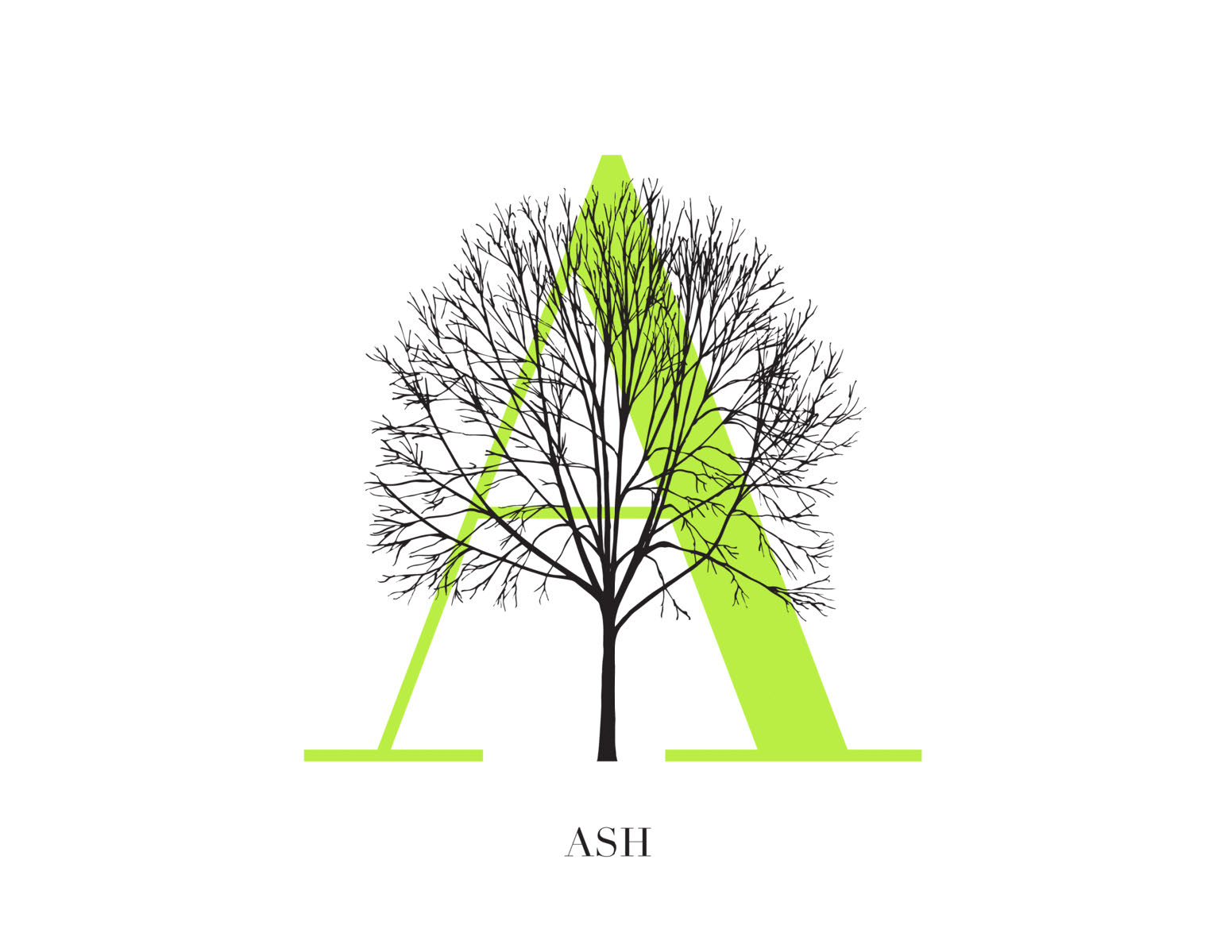
Katie Holten
(New York, 2017)
BIOGRAPHY
Katie Holten is a visual artist based in New York. She grew up in rural Ireland and studied at the National College of Art & Design in Dublin, the Hochschule der Kunst in Berlin, Cornell University in New York, and the Santa Fe Institute.
In 2003 Holten represented Ireland at the 50th Venice Biennale. She has had solo museum exhibitions at the New Orleans Museum of Art (2012); Dublin City Gallery The Hugh Lane, (2010); The Bronx Museum, New York (2009); Villa Merkel, Esslingen, Germany (2008); Nevada Museum of Art, Reno (2008) and the Contemporary Art Museum St. Louis (2007).
Deeply committed to social causes, especially as they pertain to environmental issues, she makes drawings, sculptures, installations, books, public artworks and ephemeral actions that function as poetic alterations to the everyday. Holten often works on site to explore the history, ecology, and other invisible aspects of an environment. At the root of her practice is a fascination with the contingency of life’s systems – organic and man-made – and the inextricable relationship between man and the natural world in the age of the Anthropocene. Recognizing a crisis of representation as our species adapts to life in the Anthropocene, her book About Trees considers our relationship with language, landscape, and perception. She created a Tree Alphabet and used it to translate a compendium of well known, loved, lost and new writing. The result is an astonishing fusion of storytelling and art, which celebrates trees and our understanding of them, their past and their future, their potential and their ubiquity.
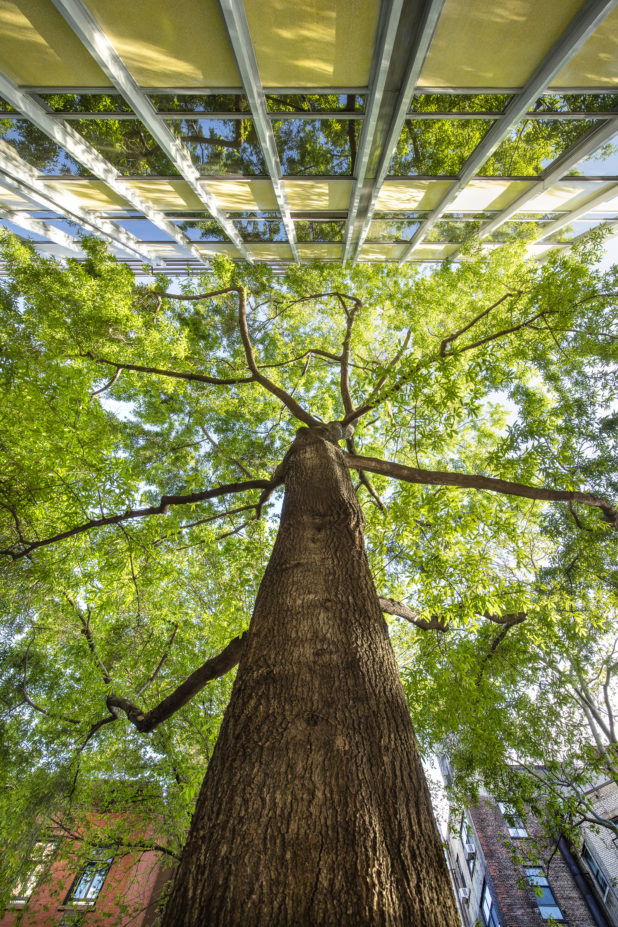
Matthew López-Jensen
(New York, 2017)
BIOGRAPHY
Matthew Jensen’s multi-disciplinary practice combines photography with walking, collecting and rigorous site-specific explorations of landscapes. His projects strive to connect people to places by expanding the traditions of landscape photography to include a range of mediums and actions. Each body of work develops from time spent in publicly accessible landscapes or by examining the way different technologies transform this experience.
In 2016 he was awarded a Guggenheim Fellowship in photography and a Peter S. Reed Foundation grant for photography. He has received support from the National Endowment for the Arts for his projects Park Wonder in 2016 and The Wilmington Center for the Study of Local Landscape in 2013. His photographs are in major public collections, including the Metropolitan Museum of Art, the National Gallery of Art and the Brooklyn Museum. In 2015 his solo show, Feels Like Real, debuted at Yancey Richardson Gallery in New York. His site-specific projects and walks have been supported and commissioned by the High Line, the Queens Museum, Kenpoku Art Festival, the Brandywine River Museum of Art, the Delaware Contemporary, Storm King Art Center, Wave Hill, and Brooklyn Bridge Park, among others.
Jensen is part-time assistant professor of photography and studio art at Parsons School of Design at the New School. He received his MFA from the University of Connecticut and BA from Rice University.
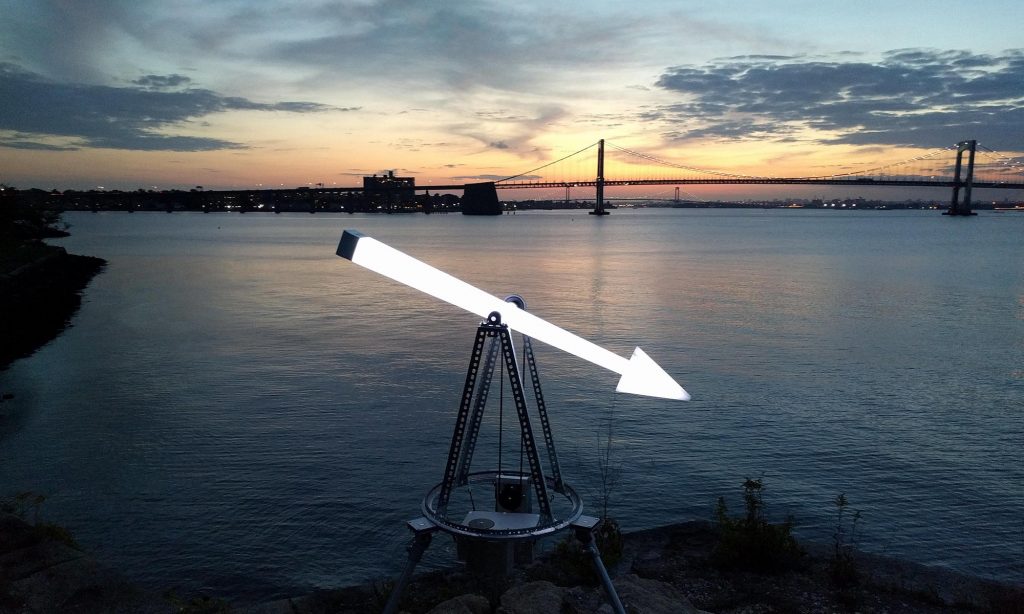
Heidi Neilson
(New York, 2017)
BIOGRAPHY
Heidi Neilson is an interdisciplinary artist interested in giving visual and sensible form to the connections between people on the ground and above-earth conditions and infrastructure. Her work includes, recently: Ground Station, a project exploring the detection and use of earth-orbiting satellites using ham radio techniques; SP Weather Station, where weather data-gathering instruments serve as a hub for various activities addressing earth’s atmosphere; and Menu for Mars Supper Club, a series of events to envision and emulate cuisine on Mars. Her often collaborative and publishing-based work is included in over 60 museum and university collections, and her activities have received support from many organizations for exhibitions, production, publication, residencies, and travel, including: the Art Matters Foundation, the Bronx Museum of the Arts, the Center for Book Arts, the Klondike Institute of Art and Culture, the Lower Manhattan Cultural Council, New York City Department of Cultural Affairs, the New York Foundation for the Arts, Queens Council on the Arts, Wave Farm, and Women’s Studio Workshop. Born in Oregon, Heidi and lives and works in New York.
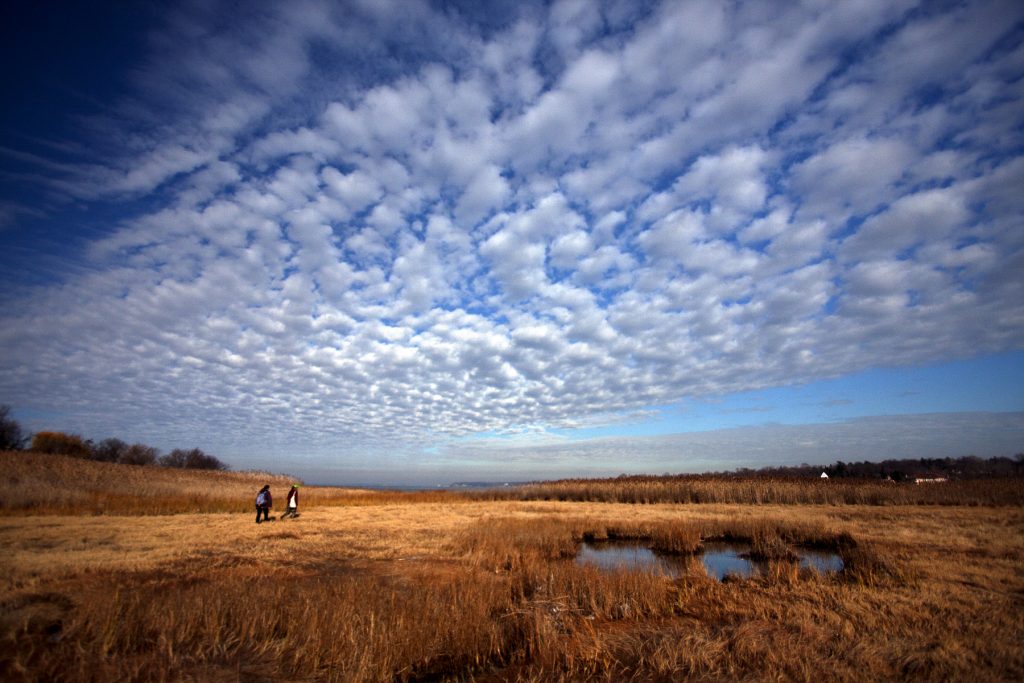
Adam Stoltman
(New York, 2016)
BIOGRAPHY
Adam Stoltman is a photographer, editor, media developer and consultant who has been involved in traditional and digital media for over 30 years. At the New York Times Magazine, he was part of the team which produced award-winning visual coverage of world events including the Fall of the Eastern Bloc, the First Gulf War, Tiananmen Square and the oil fires in Kuwait. At the daily newspaper, he was instrumental in the transition from analog to digital production processes for the photo report. His photographic work has appeared in most major publications. He has covered 12 Olympic Games, and has also photographed long term feature stories on cultural figures and artists, including Maya Lin, and Leonard Bernstein. Some of his work is in the permanent collection of the George Eastman House International Museum of Photography and Film, in Rochester, New York. He has also worked for, and with companies such as Time Warner, Eastman Kodak and The Walt Disney Company, and has advised cultural organizations, foundations and corporates on the intersection of content, culture and technology. In the late 1990’s, he co-founded and co-published Journal E, an award-winning online publication, and one of the first to regularly present streaming media content on the internet. Presently he is working on a long term photographic documentation project on the relationship between Parks and People in New York City.
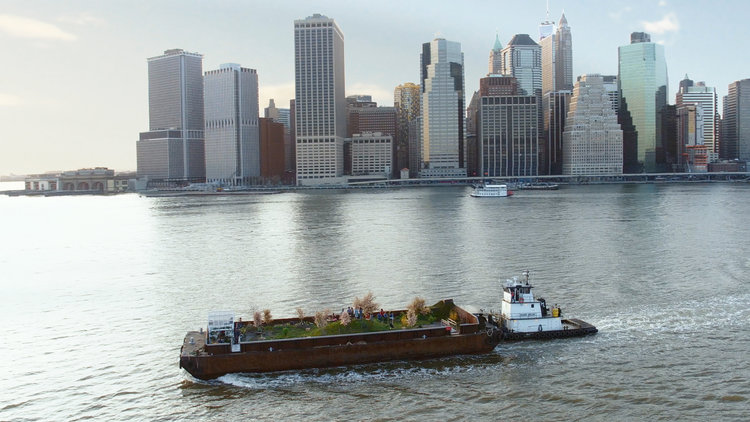
Mary Mattingly
(New York, 2016)
BIOGRAPHY
Mary Mattingly creates sculptural ecosystems in urban spaces. With the NYC Urban Field Station, she is working on a floating food forest for New York called “Swale”. She also recently completed a two-part sculpture, “Pull,” for the International Havana Biennial with the Museo National de Belles Artes de la Habana and the Bronx Museum of the Arts. Mattingly’s work has been exhibited at the International Center of Photography, the Seoul Art Center, the Brooklyn Museum, the New York Public Library, deCordova Museum and Sculpture Park, and the Palais de Tokyo. In 2009 Mattingly founded the Waterpod Project, a barge-based public space and self-sufficient habitat that hosted over 200,000 visitors in New York. In 2014, an artist residency on the WetLand launched in Philadelphia. It is being utilized by UPenn’s Environmental Humanities program. She has been awarded grants and fellowships from A Blade of Grass, the James L. Knight Foundation, Eyebeam Center for Art and Technology, Yale University School of Art, the Harpo Foundation, NYFA, the Jerome Foundation, and the Art Matters Foundation.
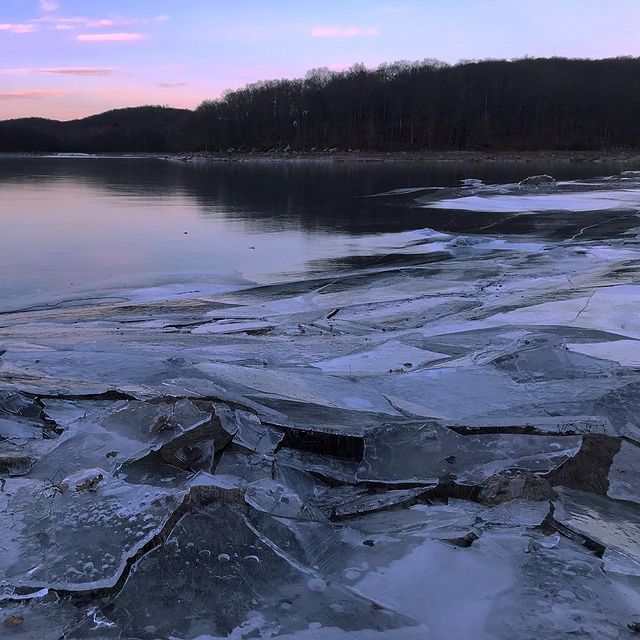
Lize Mogel
(New York, 2016)
BIOGRAPHY
Lize Mogel is an interdisciplinary artist and counter-cartographer. Her work intersects the fields of popular education, cultural production, public policy, and mapping. She creates maps and mappings that produce new understandings of social and political issues. Her work connects the real history and collective imaginary about specific places to larger narratives of global economies. She has mapped public parks in Los Angeles; future territorial disputes in the Arctic; and wastewater economies in New York City. She is co-editor of the book/map collection “An Atlas of Radical Cartography,” a project that significantly influenced the conversation and production around mapping and activism. Exhibitions include the Sharjah (U.A.E.), Gwangju (South Korea) and Pittsburgh Biennials, “Greater New York”at PS1, and “Experimental Geography”, She has lectured extensively about her work nationally and internationally, including at the 2013 Creative Time Summit. Lize has received grants from the Graham Foundation, the New York Foundation for the Arts, the Jerome Foundation, and the Danish Arts Council. She has been an artist in residence at Headlands Center for the Arts and a Fellow at the STUDIO for Creative Inquiry at Carnegie-Mellon University.
“I want murals to encourage people to be able to admire, and most of all respect these animals, and understand that nature creates a bond between humans that is unbreakable.”
Kilia Llano, Santo Domingo
Resident artist 2020-22
‘Pathways to Inspiration’ discusses how nature, the arts, and education intersect and promote meaningful connections with our local environment, moderated by Mary Miss from City as Living Laboratory, with a very special introduction led by Urban Wilderness explorer Jean Gardner of The New School. Speakers included Meredith McDermott (Director of Sustainability at NYC Dept. of Education), Dylan Gauthier (2019 NYC Urban Field Station Artist in Residence), Mariel Villeré (Program Development Director, Office of Academic Initiatives and Strategic Innovation at the CUNY Graduate Center), Sarah Aucoin (Chief of Education and Wildlife, NYC Parks), and Catherine Grau (Public Programs Coordinator, Queens Museum).
Nature provides us with the inspiration for art and the material to learn about life, systems, and ourselves. Despite hundreds of years of development, NYC is abundant with nature and rich in public parkland, where people recreate, clear their heads, and connect with nature. Nature also acts as a living laboratory where teachers and students, as well as the public, are learning important lessons that reinforce STEAM (science, technology, engineering, art, and math) education and nurture creativity.
Biocultural Stewardship: Transforming our Urban and Community Forestry Practices
Diverse perspectives and approaches to learning and knowing can strengthen our work in urban and community forestry. Indigenous and local knowledge is embedded in the concept of biocultural stewardship – an approach to working with communities recognizing that the stewardship of place is inseparable from the stewardship of people, and that cultural resources are as important as natural resources. A shift towards biocultural stewardship can help cultivate sustainability and well-being in communities undergoing rapid environmental, social, and climate changes. In this presentation, we explore the concept of biocultural stewardship and how it can be applied to different geographical contexts and culturally distinct communities, including urban settings.
Writing
About Us
NaturePLACE (formerly Urban Field Station) Collaborative Arts Program is a virtual, community-centered, and place-based artist residency program hosted by the USDA Forest Service in partnership with The Nature of Cities. We explore what can be learned at the intersection of arts, science, and practice in environmental systems. We facilitate artist engagement with land managers, researchers, and communities to explore and communicate about urban & community forests and social-ecological systems through works of art and imagination.
The program has operated since 2016, hosting artists in cities including New York, Philadelphia, Baltimore, Springfield (MA), Denver, Honolulu, San Juan (PR), Hebron, and Santo Domingo. The Nature of Cities provides the networking and administrative support that unites these efforts into an annual cohort of artists and locations. These networks aim to bring new perspectives, unique planning and design ideas, and creative problem solving from the arts and humanities to advance our collective understanding and management of social-ecological systems.
Contact us at UFSarts@thenatureofcities.com
Archive of Artists Calls
Press
Queens Chronicle: Museum show celebrates civic stewardship
Curbed: Who Takes Care of York?
Hyperallergic.com: New York City and Its Connections to the Moon
QNS: Program at Bayside park welcomes two new artists-in-residence
New York Times:
A Forest Floats on the Bronx River, With Free Produce
The Optimistic Art of Mary Mattingly
Wall Street Journal: An Artist Floats an Edible Forest: ‘Swale,’ currently moored in the Bronx River, is a 130-by-40-foot barge with a food forest on board
Press for The Underground Sound Project:
Art Spiel: Featured Artist | BKReader: New Prospect Park Exhibit Takes Visitors on a Journey Into What Life Sounds Like … Underground | untapped new york: 16 New Public Art Installations in NYC July 2022 | Here & Now: ‘The Underground Sound Project’ puts an ear to the ground — and underneath | Forbes – A Day Out In Brooklyn: Art + Nature
